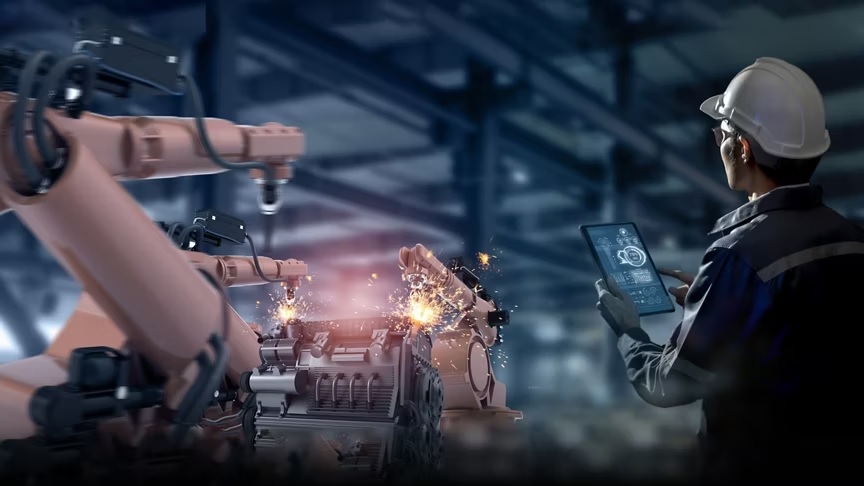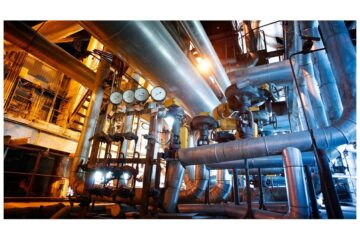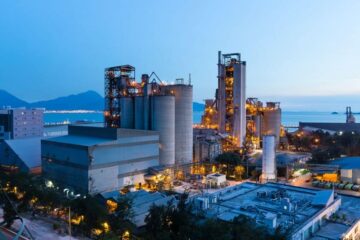
Introduction: Industry as the Engine of Civilization
From the thunderous mills of the Industrial Revolution to today’s silent, humming data centers powering the digital economy, industry has always been the invisible engine moving humanity forward. It is more than machinery, assembly lines, or skyscrapers bristling with activity—it is a testament to humankind’s relentless drive to innovate, organize, and prosper.
To understand industry is to understand progress itself. It is where ambition meets execution, where raw materials meet human ingenuity, and where nations shape their destinies. Yet the word industry today carries more complexity than ever before—woven with environmental concerns, ethical dilemmas, technological disruption, and shifting geopolitical tides.
A Brief Look Back: From Steam to Silicon
The evolution of industry is a story of bold leaps and unintended consequences.
The First Industrial Revolution (late 18th to early 19th century):
-
Marked by mechanization and steam power
-
Textile mills, iron foundries, and railroads transformed economies
-
Urbanization accelerated as people flocked to factory towns
The Second Industrial Revolution (late 19th to early 20th century):
-
Characterized by electricity, mass production, and the assembly line
-
Steel, oil, and chemical industries flourished
-
Titans of industry like Ford and Carnegie became household names
The Third Industrial Revolution (late 20th century):
-
Automation, electronics, and the early computer age reshaped manufacturing
-
Robotics and early digital systems boosted productivity
-
Global supply chains began to emerge
The Fourth Industrial Revolution (21st century):
-
Defined by digitalization, artificial intelligence, and the Internet of Things (IoT)
-
Smart factories, 3D printing, and big data analytics are rewriting the rulebook
-
Industry is increasingly intangible—software and algorithms are as crucial as steel and oil once were
The Backbone of Modern Industry: Core Sectors and Their Roles
Industry is not a monolith but a vast network of interconnected sectors, each contributing unique value to the global economy.
Key Industrial Sectors:
-
Manufacturing: Still the bedrock, transforming raw materials into finished products.
-
Energy: From fossil fuels to renewables, it powers every other sector.
-
Technology: Once a support function, now a dominant driver shaping how industry operates.
-
Construction and Infrastructure: The visible symbols of industrial growth—cities, highways, bridges.
-
Transportation and Logistics: The circulatory system that moves goods and people across continents.
-
Extractive Industries: Mining and oil and gas exploration continue to feed manufacturing and energy.
Each sector must navigate its own blend of opportunities and constraints—market demands, regulation, technological evolution, and, increasingly, public scrutiny.
Challenges Defining the Industry of Tomorrow
No serious discussion of industry today can ignore the pressing challenges reshaping its future:
1. Environmental Impact
Perhaps the greatest tension lies between industrial growth and environmental stewardship. Heavy industries remain among the largest contributors to carbon emissions and resource depletion. Climate-conscious consumers, stricter regulations, and global accords like the Paris Agreement push industries toward cleaner practices.
2. Technological Disruption
Automation and artificial intelligence promise unprecedented efficiency but also spark fears of job displacement. Balancing innovation with social responsibility is a tightrope act for industrial leaders.
3. Geopolitical Uncertainty
Trade wars, resource nationalism, and shifting alliances can disrupt supply chains overnight. The COVID-19 pandemic starkly exposed the fragility of global production networks. Many industries now grapple with questions of resilience and local versus global sourcing.
4. Talent Shortages and Skill Gaps
Ironically, even as machines take over repetitive tasks, industries face acute shortages of skilled workers to design, maintain, and optimize advanced systems. Lifelong learning and reskilling are no longer luxuries but necessities.
Industry and Innovation: Staying Ahead in a Cutthroat World
For industry to thrive, standing still is not an option. The businesses that survive upheavals are those that anticipate shifts and pivot swiftly.
Hallmarks of Innovative Industries:
-
Sustainability as Strategy: Many industrial leaders are weaving sustainability into their business models—investing in renewable energy, recycling initiatives, and greener supply chains.
-
Digitization: Smart factories equipped with sensors, real-time data, and cloud connectivity deliver efficiency and insights that were unimaginable decades ago.
-
Collaboration: Partnerships between industries, governments, and academia drive research and commercialization of breakthrough technologies.
-
Customer-Centric Production: Modern consumers demand customized, ethically sourced products—prompting industries to adopt flexible manufacturing and transparent practices.
Small Players, Big Impact: The Role of SMEs in Industry
While headlines often spotlight industrial giants, small and medium-sized enterprises (SMEs) remain the backbone of many national economies. They:
-
Drive local employment
-
Foster innovation through niche products and processes
-
Act as suppliers and subcontractors in larger value chains
-
Often adapt to market trends faster than cumbersome conglomerates
Supporting SMEs with access to finance, technology, and skilled labor is vital for a resilient industrial ecosystem.
Industry and Society: A Complex Relationship
For centuries, the rise of industry has brought prosperity but also stark inequalities and environmental degradation. The modern consumer, investor, and regulator demand more than profit—they expect accountability.
This has given rise to frameworks like ESG (Environmental, Social, and Governance) reporting, circular economy principles, and certifications for ethical sourcing. Industry is no longer judged solely by output but by how that output affects people and the planet.
Looking Ahead: The Shape of Industry in the Next Decade
What will industry look like in ten or twenty years? While no crystal ball exists, a few trends seem inevitable:
-
Decarbonization will drive huge investments in clean technologies.
-
Artificial intelligence will deeply integrate into planning, production, and distribution.
-
Supply chains will become smarter, shorter, and more resilient.
-
Industries will increasingly blur—manufacturing, technology, and services will overlap seamlessly.
Ultimately, industry’s future hinges on its ability to harmonize progress with responsibility. Nations that get this balance right will define the next era of prosperity.
Conclusion: Industry as a Reflection of Human Potential
Industry remains one of humanity’s greatest collective achievements—a testament to our creativity, resilience, and capacity for reinvention. As the world stands at the crossroads of climate change, digital transformation, and social evolution, the path industry chooses will shape not only economies but the quality of life for generations to come.
To build an industry that honors both profit and purpose is our greatest challenge—and perhaps our greatest opportunity.
Latest Posts
-
What sustainable materials are used for gift cards?
July 20, 2025
Recent Posts
- What sustainable materials are used for gift cards? July 20, 2025
- Transforming Spaces: The Importance of Professional Strip-Out Services July 16, 2025
- The Symphony of Creation: Unveiling the Intricate World of Productions July 10, 2025
- The Art and Science of Influence: Decoding the Dynamic World of Marketing July 1, 2025
- Industry Unveiled: The Silent Engine Powering Modern Civilization June 10, 2025










